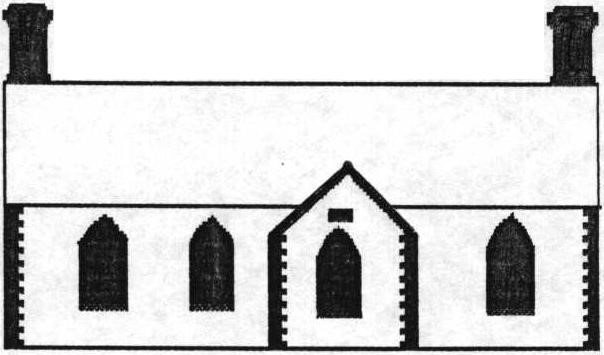Science - Skills Progression
|
|
Key Stage 1 |
Lower Key Stage 2 |
Upper Key Stage 2 |
|
Ideas |
· Explore the world around them and raise their own simple questions; · Start to ask questions about the world around them; · Responds to suggestions with own ideas.
|
· Raise their own relevant questions about the world around them; · Should be given a range of scientific experiences including different types of science enquiries to answer questions; · Start to make their own decisions about the most appropriate type of scientific enquiry they might use to answer questions. |
· Use their science experiences to explore ideas and raise different kinds of questions; · Talk about how scientific ideas have developed over time; · Make links between concepts. |
|
Investigating |
· Experience different types of science enquiries, including practical activities; · Begin to recognise different ways in which they might answer scientific questions; · Carry out simple tests; · Follow instructions safely; · Ask people questions and use simple secondary sources to find answers; · Use simple measurements and equipment (e.g. hand lenses, egg timers) to gather data.
|
· Set up simple practical enquiries, comparative and fair test; · Recognise when a simple fair test is necessary and help to decide how to set it up; · Talk about criteria for grouping, sorting and classifying; and use simple keys; · Recognise when and how secondary sources might help them to answer questions that cannot be answered through practical investigations; · Carry out fair tests with some help, recognising and explaining what makes them fair. |
· Decide on an appropriate approach, including using a fair test to answer a question; · Select suitable equipment and information from that provided; · Select and use methods that are adequate for the task; · Use and develop keys and other information records to identify, classify and describe living things and materials, and identify patterns that might be found in the natural environment; · Following instructions, taking action to control obvious risks to themselves; · Select and use methods to obtain data systematically; · Recognise hazard symbols and make, and act on, simple suggestions to control obvious risks to themselves and others. |
|
Observing |
· With guidance, they should begin to notice patterns and relationships; · Use simple features to compare objects, materials and living things and, with help, decide how to sort and group them (identifying and classifying); · Observe closely using simple equipment with help, observe changes over time. |
· Make systematic and careful observations; · Help to make decisions about what observations to make, how long to make them for and the type of simple equipment that might be used; · Begin to look for naturally occurring patterns and relationships and decide what data to collect to identify them; · Take accurate measurements using standard units learn how to use a range of (new) equipment, such as data loggers / thermometers appropriately; · Collect and record data from their own observations and measurements in a variety of ways: notes, bar charts and tables, standard units, drawings, labelled diagrams, keys and help to make decisions about how to analyse this data.
|
· Decide how to record data and results of increasing complexity from a choice of familiar approaches: scientific diagrams and labels, classification keys, tables, scatter graphs, bar and line graphs; · Make a series of observations and measurements and vary one factor while keeping others the same; · Record observations, to support comparisons and measurements using tables and bar charts and begin to plot points to form simple graphs. |
|
Explaining |
· Record simple data · Use their observations and ideas to suggest answers to questions; · Talk about what they have found out and how they found it out; · Use drawings and charts to show their findings; · With guidance they can use scientific language to explain their findings. |
· With help, pupils should look for changes, patterns, similarities and differences in their data in order to draw simple conclusions and answer questions; · Use relevant simple scientific language to discuss their ideas and communicate their findings in ways that are appropriate for different audiences, including oral and written explanations, displays or presentations of results and conclusions. |
· communicate conclusions using appropriate scientific language; · Identify scientific evidence that has been used to support or refute ideas or arguments; · Interpret data containing positive and negative numbers; · Begin to relate conclusions to patterns in data, including graphs, and to scientific knowledge and understanding; · Analyse findings to draw scientific conclusions that are consistent with the evidence; · communicate these using scientific and mathematical conventions and terminology. |
|
Evaluating |
· Say whether what happened was what the expected. |
· With support, they should identify new questions arising from the data, making predictions for new values within or beyond the data they have collected and finding ways of improving what they have already done; · Suggest improvements to their work. |
· Suggest improvements to work, giving reasons; . · evaluate working methods to make practical suggestions for improvements; · reflect on results and consider whether they are valid. |
